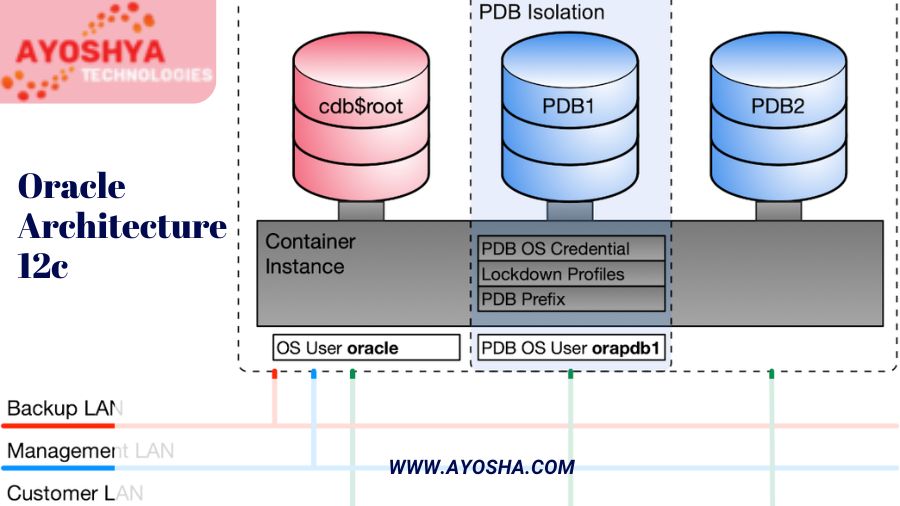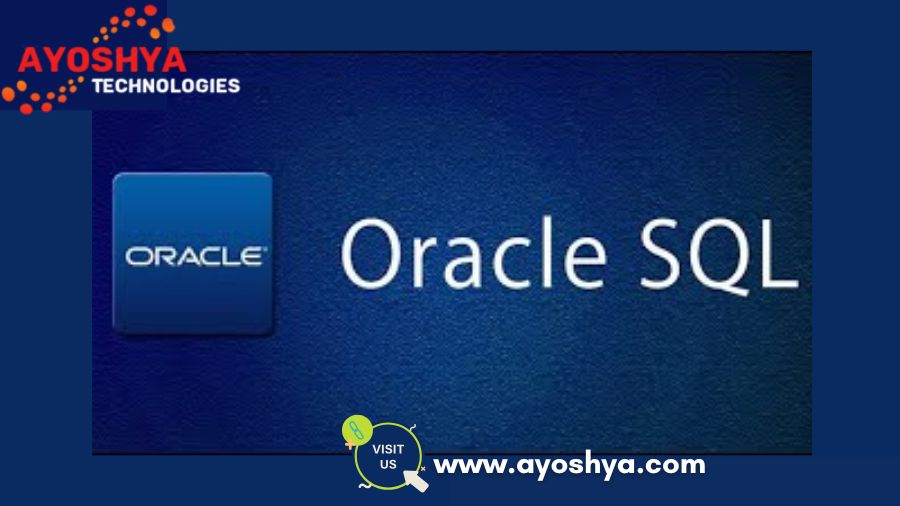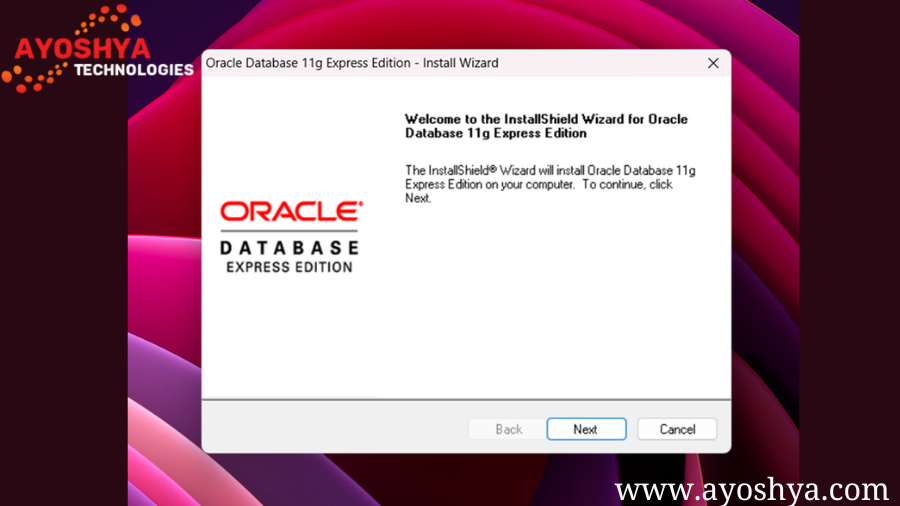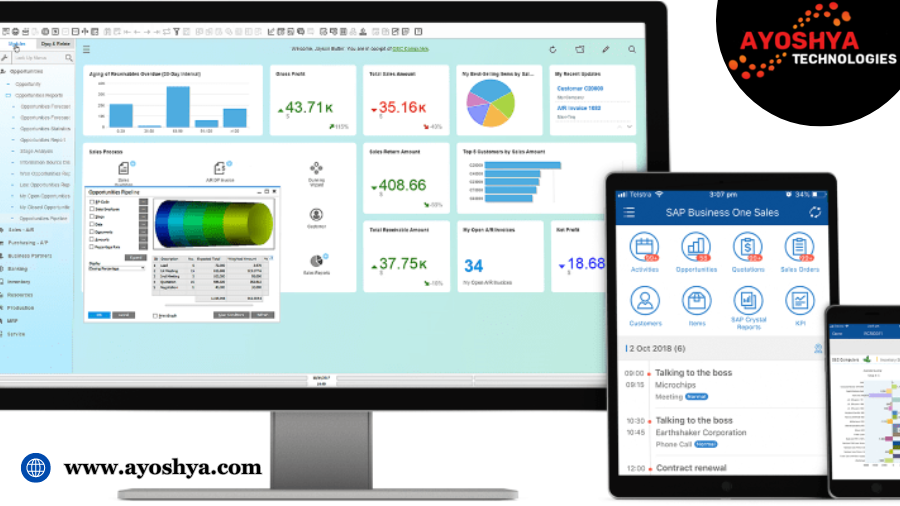Top Sap Mining Industry Solution Portfolio
Streamline operations, boost productivity, and optimize costs with SAP’s industry-leading solutions for mining. Discover the comprehensive SAP Mining Industry Solution Portfolio..
Feeling the Squeeze? Volatile commodity prices, operational inefficiencies, and ever-present safety concerns – the mining industry faces a constant barrage of challenges. Extracting value from the earth is no easy feat, and in today’s competitive landscape, even the slightest misstep can spell disaster. But what if there was a way to unearth a hidden wellspring of efficiency, boost productivity, and optimize costs within your mining operation? Enter the world of SAP’s Top Mining Industry Solution Portfolio, a powerful suite of tools specifically designed to empower mining companies like yours to thrive in the face of adversity.
This comprehensive suite goes beyond basic software – it’s a digital transformation Sherpa, guiding you towards a future of streamlined operations, data-driven decision making, and a newfound edge in a competitive market.
Delving Deeper: Unveiling the Powerhouse Solutions within the SAP Mining Portfolio
The SAP Mining Industry Solution Portfolio is a comprehensive toolbox brimming with innovative solutions designed to address the specific needs of mining companies. Let’s delve into some of the key components that power this industry-specific suite:
Delving Deeper: Unveiling the Powerhouse Solutions within the SAP Mining Portfolio
The SAP Mining Industry Solution Portfolio is a comprehensive toolbox brimming with innovative solutions designed to address the specific needs of mining companies. Let’s delve into some of the key components that power this industry-specific suite:
1. Core Operational Excellence:
- SAP S/4HANA: This next-generation ERP (Enterprise Resource Planning) system forms the backbone of the SAP portfolio. It streamlines core business processes like financials, materials management, production planning, and project management. SAP S/4HANA offers a unified platform that eliminates data silos and facilitates real-time access to critical information for informed decision-making at all levels of the organization.
- Enhanced Visibility: Gone are the days of scattered data across disparate systems. SAP S/4HANA provides a single source of truth, offering a holistic view of inventory levels, production performance, and overall operational health. This enhanced visibility empowers managers to make data-driven decisions that optimize resource allocation and production scheduling.
- Real-Time Insights: Traditional ERP systems often suffer from data latency. SAP S/4HANA, with its in-memory computing capabilities, delivers real-time insights into operations. This allows for proactive management of issues, identification of emerging trends, and swift adaptation to changing market conditions.
- 2. Integrated Mine Planning and Scheduling:
- Beyond core ERP functionalities, the SAP Mining Portfolio offers specialized solutions for mine planning and scheduling. These tools integrate seamlessly with SAP S/4HANA, providing a comprehensive view of mining operations from exploration to extraction.
- Optimized Resource Utilization: Effective mine planning software considers factors like ore grades, equipment capabilities, and workforce availability. This allows for the creation of optimized production schedules that maximize resource utilization and minimize waste.
- Dynamic Adjustment Capabilities: The mining industry is inherently unpredictable. These specialized planning tools offer flexibility and real-time adjustments to adapt to unforeseen circumstances such as equipment breakdowns or unexpected geological formations. This ensures production continuity and minimizes disruptions to the overall operation.
How SAP Empowers Mining Success
The power of the SAP Mining Industry Solution Portfolio extends far beyond its impressive suite of tools. By implementing these solutions, mining companies can unlock a range of tangible benefits that translate directly to improved efficiency, cost savings, and overall success. Let’s explore some of the most impactful advantages:
1. Enhanced Operational Efficiency:
- Streamlined workflows and real-time data accessibility are hallmarks of the SAP portfolio. These features translate into a significant improvement in operational efficiency across the entire mining value chain.
- Reduced Bottlenecks: Real-time data insights enable proactive identification of potential bottlenecks in production processes. By anticipating these issues, companies can take corrective measures to prevent disruptions and ensure smooth operations.
- Improved Collaboration: The integrated nature of SAP solutions fosters improved collaboration between departments. Information flows seamlessly from exploration teams to production crews and management, facilitating coordinated decision-making and a unified approach to achieving operational goals.
2. Increased Productivity:
- Efficiency gains naturally translate into increased productivity within mining operations. The SAP portfolio offers several features specifically designed to maximize output and optimize resource utilization.
- Optimized Equipment Management: SAP Asset Management solutions track equipment performance and maintenance schedules. This enables preventive maintenance practices that minimize downtime and ensure equipment operates at peak efficiency.
- Data-Driven Decision Making: The wealth of data generated by SAP systems empowers data-driven decision making on key aspects like crew deployment, resource allocation, and blasting strategies. This data-centric approach helps optimize production processes and maximize output from each stage of the mining operation.
1. What are the benefits of using SAP in the mining industry?
The benefits of implementing SAP solutions in mining are numerous and far-reaching. Here’s a closer look at some key advantages:
- Improved Efficiency and Productivity: As discussed earlier, SAP streamlines workflows, provides real-time data insights, and facilitates collaboration. This translates to a well-oiled mining operation with minimized downtime, optimized resource allocation, and ultimately, increased productivity.
- Enhanced Decision-Making: SAP equips mining companies with a wealth of data at their fingertips. This empowers data-driven decision making on crucial aspects like production planning, equipment maintenance, and resource allocation. By leveraging data analytics, companies can make informed choices that optimize operations and maximize profitability.
- Reduced Costs: Improved efficiency and optimized operations naturally lead to cost savings. SAP helps minimize waste, streamline procurement processes, and identify areas for cost reduction across the mining value chain. Additionally, predictive maintenance practices promoted by SAP Asset Management can extend equipment lifespans and minimize unexpected repair costs.
- Improved Safety Management: Safety is paramount in the mining industry. SAP solutions can contribute to a safer work environment by facilitating risk assessments, tracking safety protocols, and promoting compliance with industry regulations. Real-time data insights can also help identify potential safety hazards and take proactive measures to mitigate risks.
- Environmental Compliance: Mining operations need to adhere to strict environmental regulations. SAP solutions can assist with environmental data collection, reporting, and waste management processes. This ensures compliance with environmental regulations and minimizes the mining operation’s impact on the surrounding ecosystem.
2. What are the different SAP solutions available for mining companies?
The SAP Mining Industry Solution Portfolio is a comprehensive suite encompassing various solutions tailored to specific needs. Here are some key components:
- SAP S/4HANA: This next-generation ERP system forms the backbone of the portfolio, offering core functionalities like financial management, materials management, and production planning.
- SAP Mine Planning and Scheduling Software: These specialized tools integrate with SAP S/4HANA and provide functionalities for optimized mine planning, scheduling, and resource allocation.
- SAP Asset Management: This solution tracks equipment performance, facilitates predictive maintenance, and optimizes asset utilization within the mining operation.
- SAP Analytics Cloud: This cloud-based platform helps analyze vast amounts of data generated by mining operations, providing valuable insights for data-driven decision making.
- Additional Solutions: The portfolio extends beyond these core offerings and may include industry-specific solutions for areas like exploration management, environmental compliance, and workforce management. The specific solutions chosen will depend on the unique needs and requirements of each mining company.
Conclusion
In today’s competitive mining landscape, staying afloat requires more than just grit and determination. Companies need powerful tools to streamline operations, optimize resource utilization, and make data-driven decisions that ensure long-term success. The SAP Mining Industry Solution Portfolio emerges as a comprehensive answer to these challenges.
This industry-specific suite goes beyond basic software functionality. It offers a digital transformation partner, equipping mining companies with the tools and insights needed to thrive. From core operational excellence facilitated by SAP S/4HANA to specialized mine planning tools and data-driven decision making with SAP Analytics Cloud, the portfolio empowers a holistic approach to mining operations. The tangible benefits are undeniable – increased efficiency, boosted productivity, and significant cost reductions. Additionally, SAP solutions contribute to a safer work environment, improved environmental compliance, and ultimately, a sustainable mining future.
Ready to unlock the hidden potential within your mining operation? Consider exploring the SAP Mining Industry Solution Portfolio. Their team of experts can help you assess your specific needs and design a customized solution to propel your company towards a more efficient, productive, and profitable future. Remember, in a constantly evolving industry, embracing digital transformation with the right tools is no longer an option – it’s a necessity for sustainable success.
you may be interested in this blog here:-
ABAP Development Environment in the Cloud













